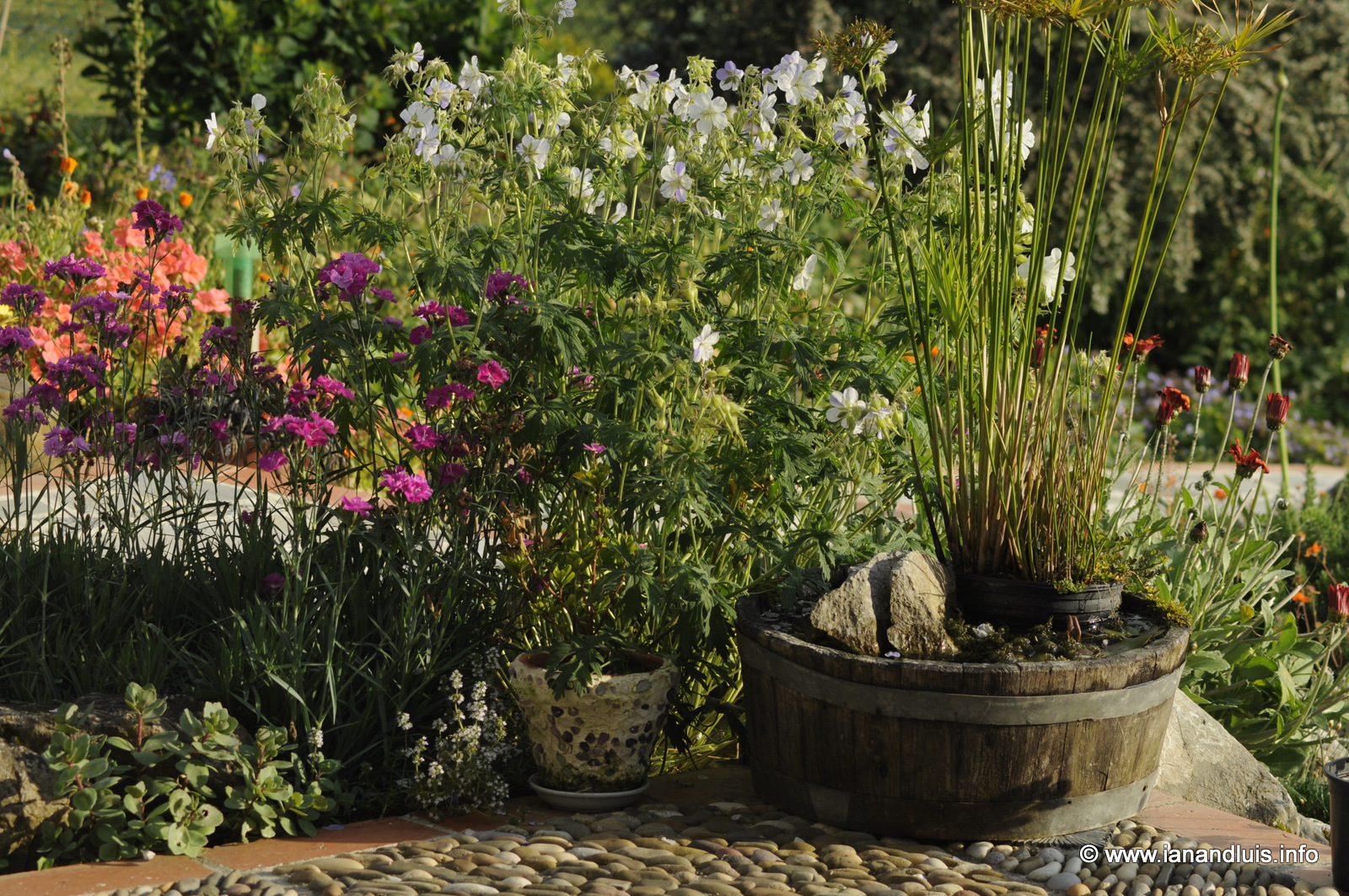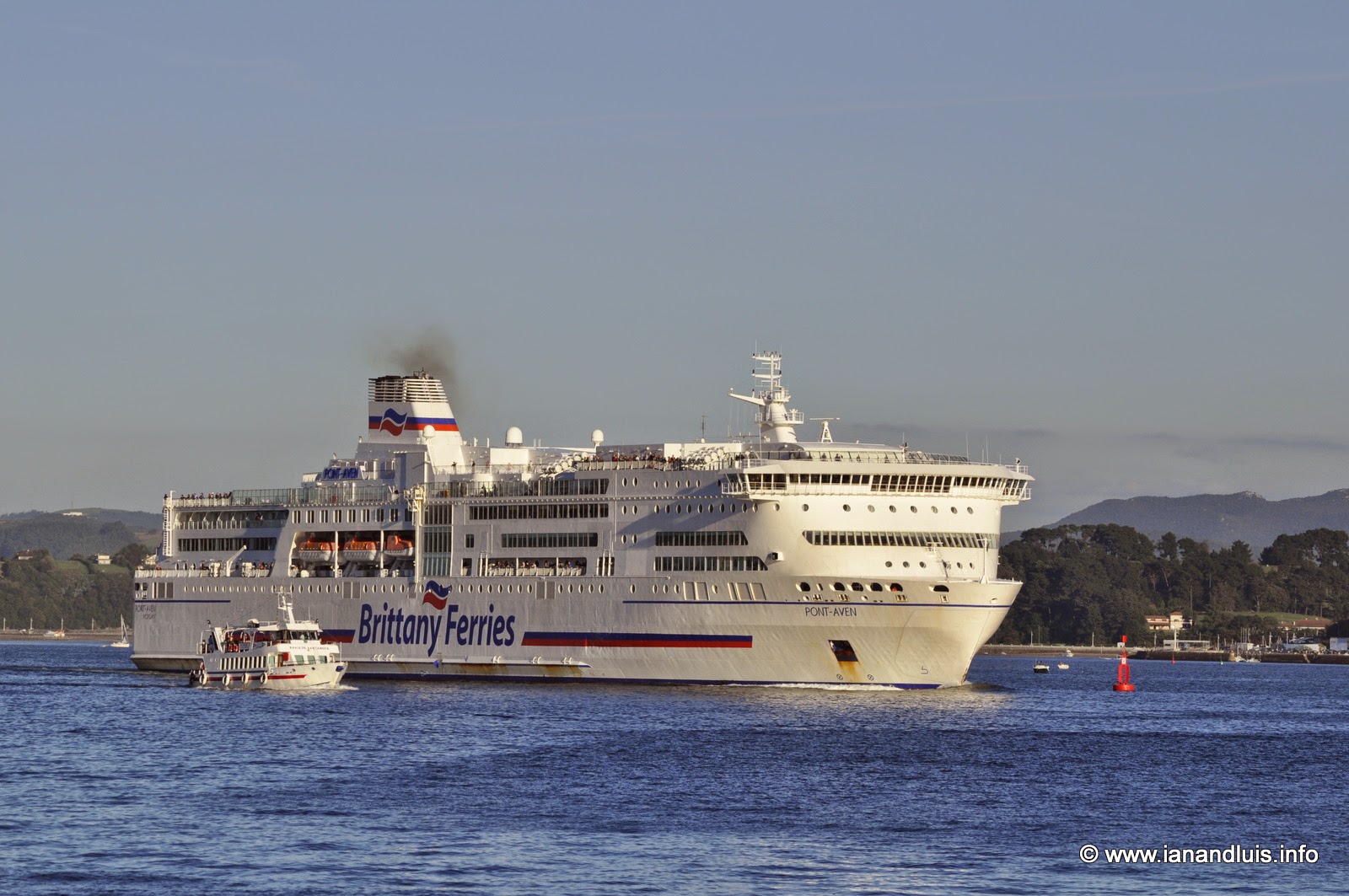Way back in March we planted 100 Desiree red-skin potatoes. This is the first time we have planted this variety. The previous few years we have been trying various others which have been OK but yield, resistance to blight and taste have varied widely with mixed results.
We took the opportunity of an extended dry spell to harvest ours, 14 weeks after planting. So far so good, no blight. We have been applying diluted aspirin on the potato and tomato crop to prevent blight and up to now it appears to have helped but the weather hasn't been too damp and misty so...
The important thing is that this year we have had a bumper crop. Over 100 kgs of tasty, clean skinned, red potatoes.
We will dry them for a few days, clean off any residual soil and store them in a dark, cool area of the store. With the right conditions they should last us for the next 6 months. They are a valuable crop as we will use them for Spanish Tortilla, Moussaka, baked, new and soups plus a few we'll pass on to friends.
We took the opportunity of an extended dry spell to harvest ours, 14 weeks after planting. So far so good, no blight. We have been applying diluted aspirin on the potato and tomato crop to prevent blight and up to now it appears to have helped but the weather hasn't been too damp and misty so...
The important thing is that this year we have had a bumper crop. Over 100 kgs of tasty, clean skinned, red potatoes.
We will dry them for a few days, clean off any residual soil and store them in a dark, cool area of the store. With the right conditions they should last us for the next 6 months. They are a valuable crop as we will use them for Spanish Tortilla, Moussaka, baked, new and soups plus a few we'll pass on to friends.















































